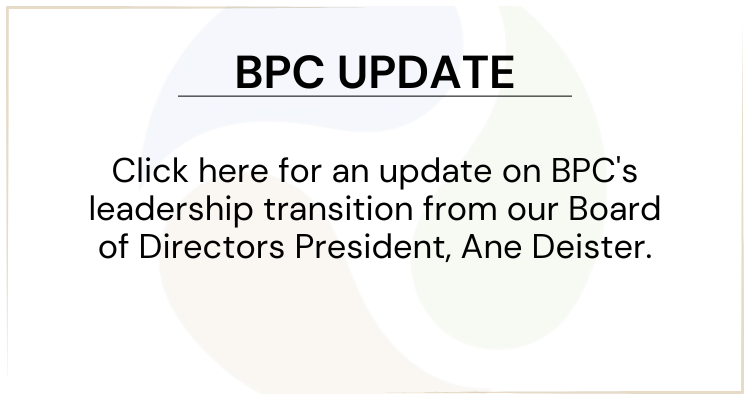EPA, Water Authorities, Western States Challenge Remand of Water Transfer Rule
By John Herzfeld | June 04, 2014 07:44PM ET
June 4 (BNA) — Appeals have been filed by the Environmental Protection Agency, water authorities, western states and other defendants opposing a federal district court’s remand of a rule exempting water transfers from Clean Water Act permit requirements (Catskill Mountains Chapter of Trout Unlimited Inc. v. EPA, S.D.N.Y., No. 08-CV-5606, notice of appeal 5/30/14).
Filing a notice of appeal in the New York case May 30 were several western water districts, including those for San Francisco, San Diego and Las Vegas. New York City, which uses water transfers to manage the upstate watershed for its drinking water system, filed May 29, as did the EPA and the South Florida Water Management District.
Colorado, New Mexico and Texas, part of a coalition of western states, filed May 28.
At issue is an EPA rule that allows a permanent exemption from the National Pollutant Discharge Elimination System (NPDES) permit program for water that has been transferred from one point to another without being subjected to intervening industrial, municipal or commercial use.
The latest court filings followed a May 12 letter from the Western Governors Association and the Western States Water Council urging the EPA to appeal the district court remand of the rule (94 DER A-31, 5/15/14).
In seeking review of a March 28 decision by the U.S. District Court for the Southern District of New York, the defendants moved a case to the U.S. Court of Appeals for the Second Circuit that has already moved through another circuit court and was turned down for a U.S. Supreme Court review in October 2013.
Related cases also have been decided twice in the Second Circuit, but were denied a Supreme Court review in 2007, and once in the U.S. Court of Appeals for the Ninth Circuit, but that decision was overturned by the Supreme Court in January 2013. The high court also ruled on water transfers in 2004.
2008 Rule Sent Back to EPA
In the remand, Judge Kenneth M. Karas sent the 2008 rule (40 C.F.R. 122.3(i)) back to EPA for reconsideration, directing the agency to develop “a reasoned explanation” for its interpretation of the term navigable waters (62 DER A-38, 4/1/14).
In the New York case, the EPA is backed by the appellants to the Second Circuit, while environmental and sportsmen’s groups that view the water transfers as a harmful source of pollution are plaintiffs and back the remand for more work on the rule. The case arose from claims that water transfers by the New York City system had fouled upstate trout streams.
A coalition of nine states—New York, Connecticut, Delaware, Illinois, Maine, Michigan, Minnesota, Missouri and Washington—have sided with the plaintiffs. States intervening as defendants are Alaska, Arizona, Colorado, Idaho, Nebraska, Nevada, New Mexico, North Dakota, Texas, Utah and Wyoming.
Question of Appropriate Deference
In a June 4 statement, Hilary Meltzer, deputy chief of the Environmental Law Division of the New York City Law Department, said the city’s appeal will argue that the district court had failed to apply appropriate deference under case law to the EPA’s interpretation of the Clean Water Act.
“Congress has delegated to EPA, as the administrative agency with the appropriate expertise, the authority to interpret and administer that statute, and the rule reflects a reasonable interpretation of the statutory language, taking into consideration its legislative history and practical application,” she said.
Daniel E. Estrin, a Pace University law professor who represents the plaintiffs in the New York case, said in a June 4 e-mail that the Second Circuit has twice decided in an earlier case that “the plain meaning of the Clean Water Act requires permits for transfers of polluted water between distinct water bodies.”
The plaintiffs, he told Bloomberg BNA, believe that the Second Circuit will ultimately back Karas’s “well-reasoned assessment” that the EPA rule had failed to pass muster under case law precedents.
The Second Circuit ruled on the earlier case in 2001 and 2006, with the Supreme Court denying certiorari in 2007.
Water Transfers
Under the EPA rule, Estrin said “salt water can be transferred into fresh water, sediment-laden water can be sent into clear drinking water reservoirs, warm waters can be pumped into cold water habitats, chemical-laden waters can be dumped into waters employed in farm and ranch irrigation, and invasive species can be transferred into waters not yet infested.”
He argued that EPA has never been able to square the permit exemption from the act’s fundamental objective and, as the judge found in the March district court decision, “made no effort in its rulemaking to review the adverse impacts associated with certain transfers of polluted water” cited in public comments.
A U.S. Supreme Court decision in January 2013 in a related water transfers case also seems to leave no room for the permit exemption approach, Estrin said (06 DER A-18, 1/9/13).
“In light of all this, we are disappointed that the Obama EPA has apparently decided to continue to defend this illegal and misguided Bush administration regulation, instead of examining and evaluating some new ideas, as Judge Karas suggested,” he said.
Alternative Suggested
As an alternative, he suggested an approach the EPA has taken when similar exemptions have been struck down by courts: to “promulgate a general NPDES permit covering those transfers that do not cause or contribute to water quality standard violations and require individual NPDES permit coverage only for those transfers that cause adverse environmental impacts.”
To contact the reporter on this story: John Herzfeld in New York at jherzfeld@bna.com
To contact the editor responsible for this story: Larry Pearl at lpearl@bna.com
Tags: water

